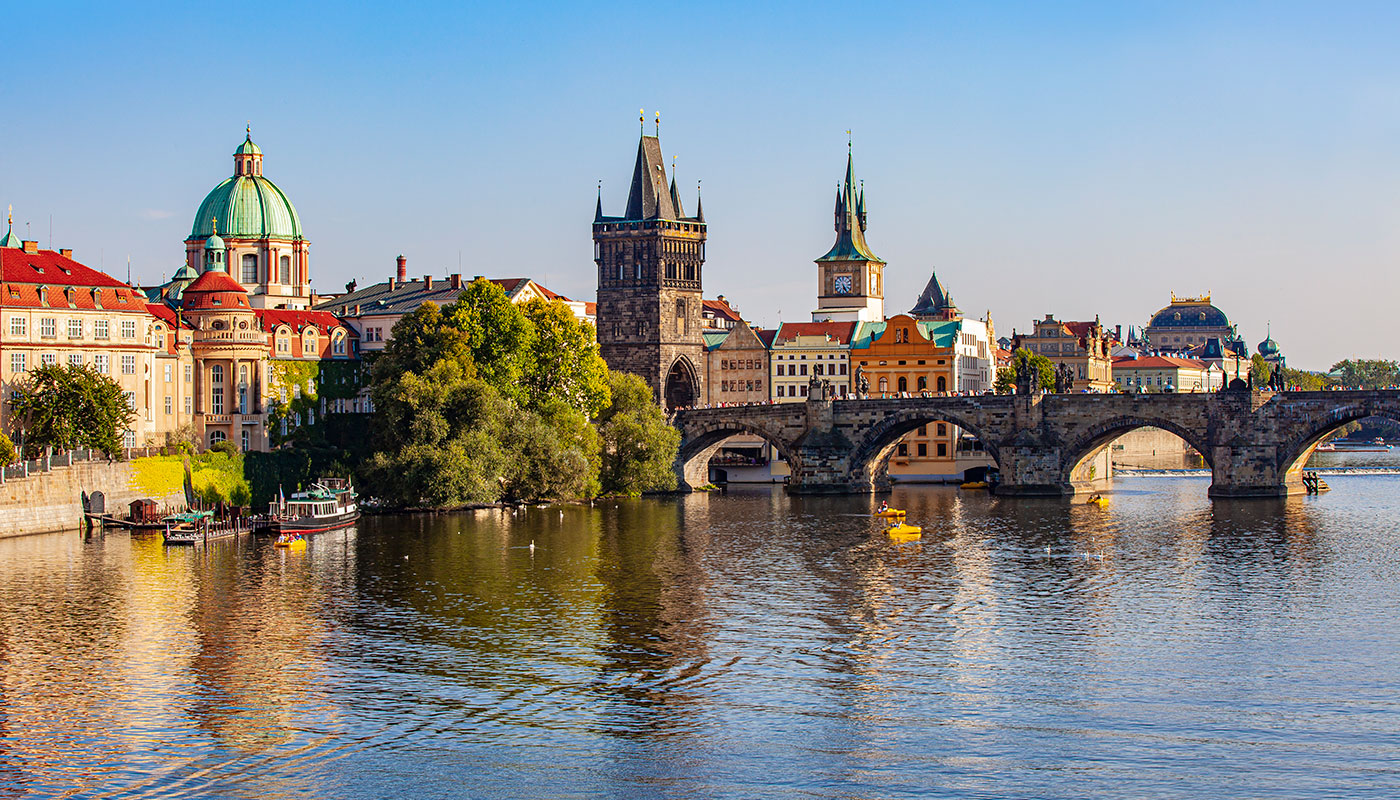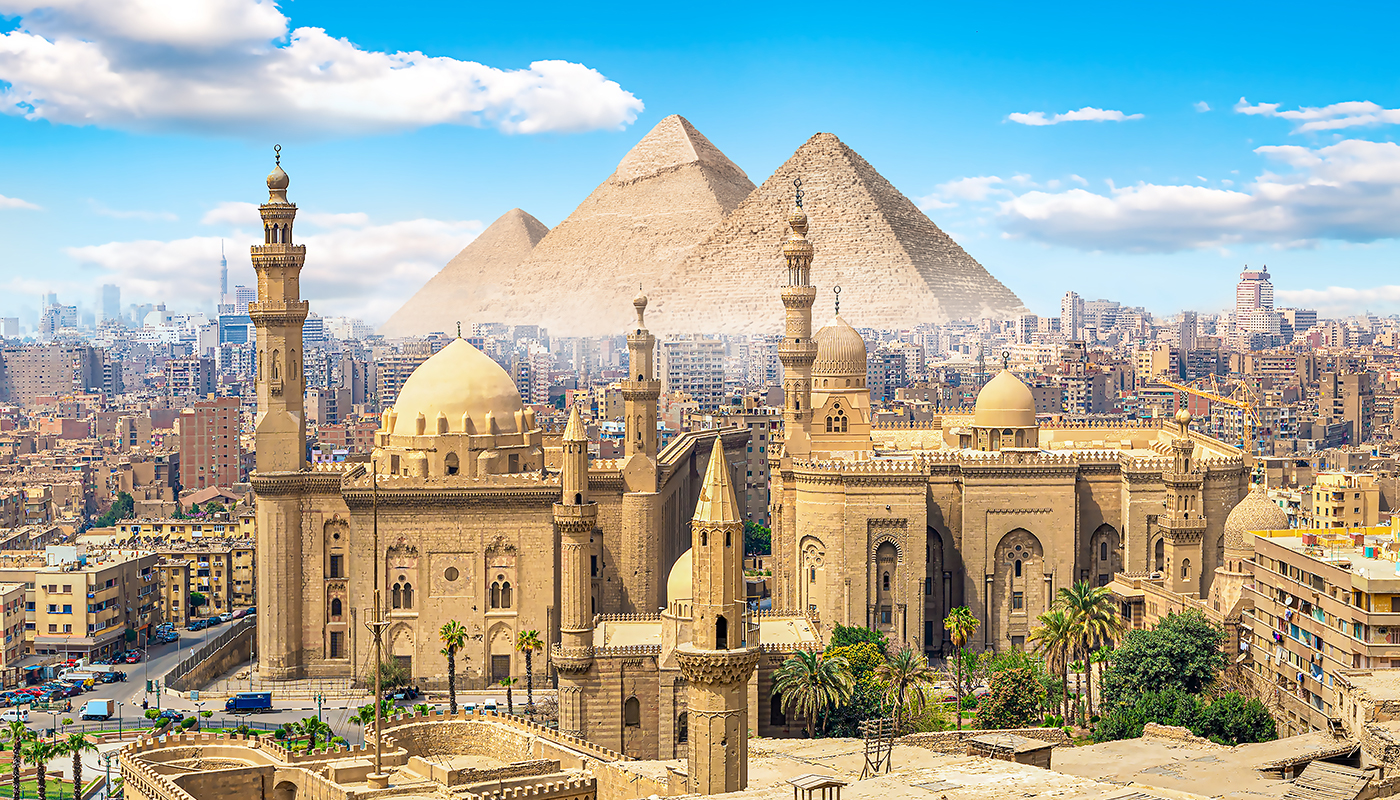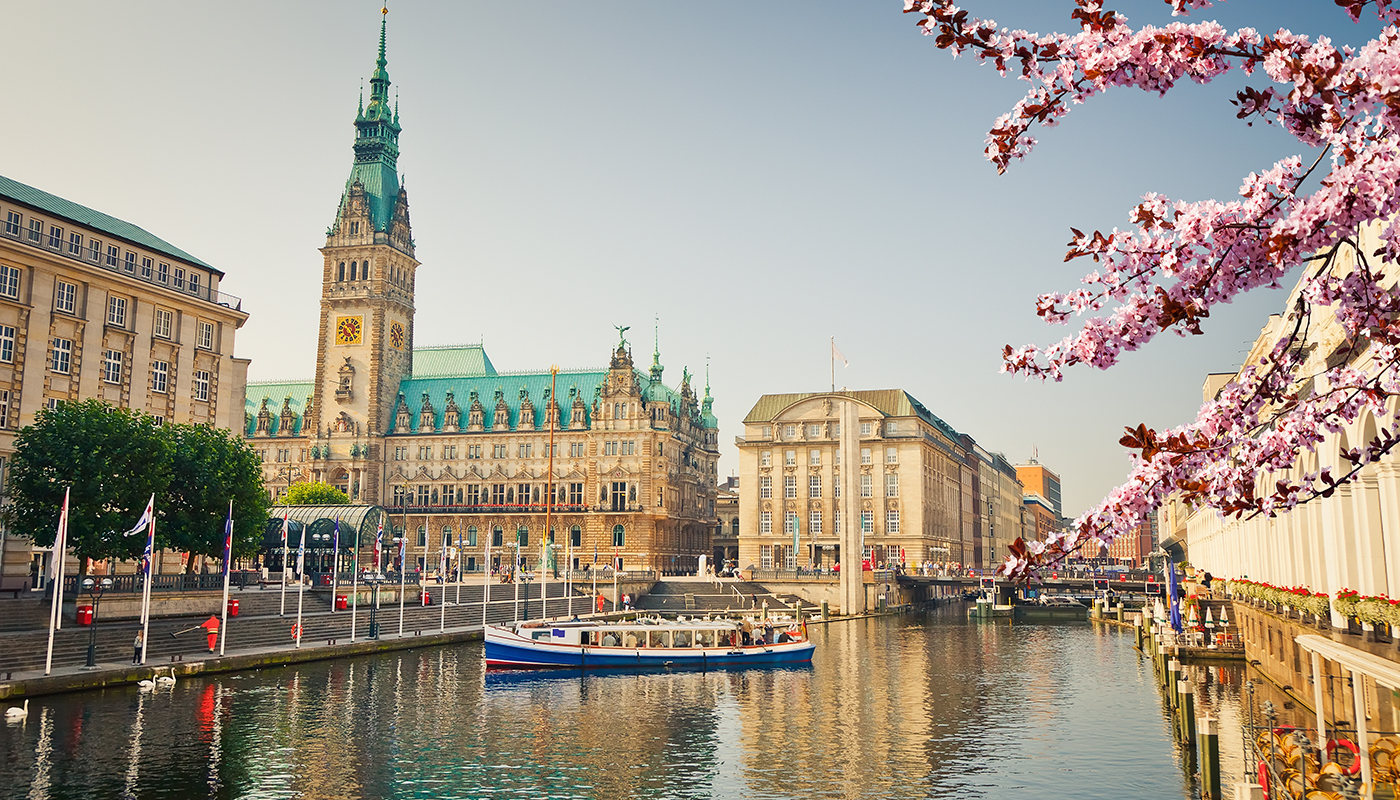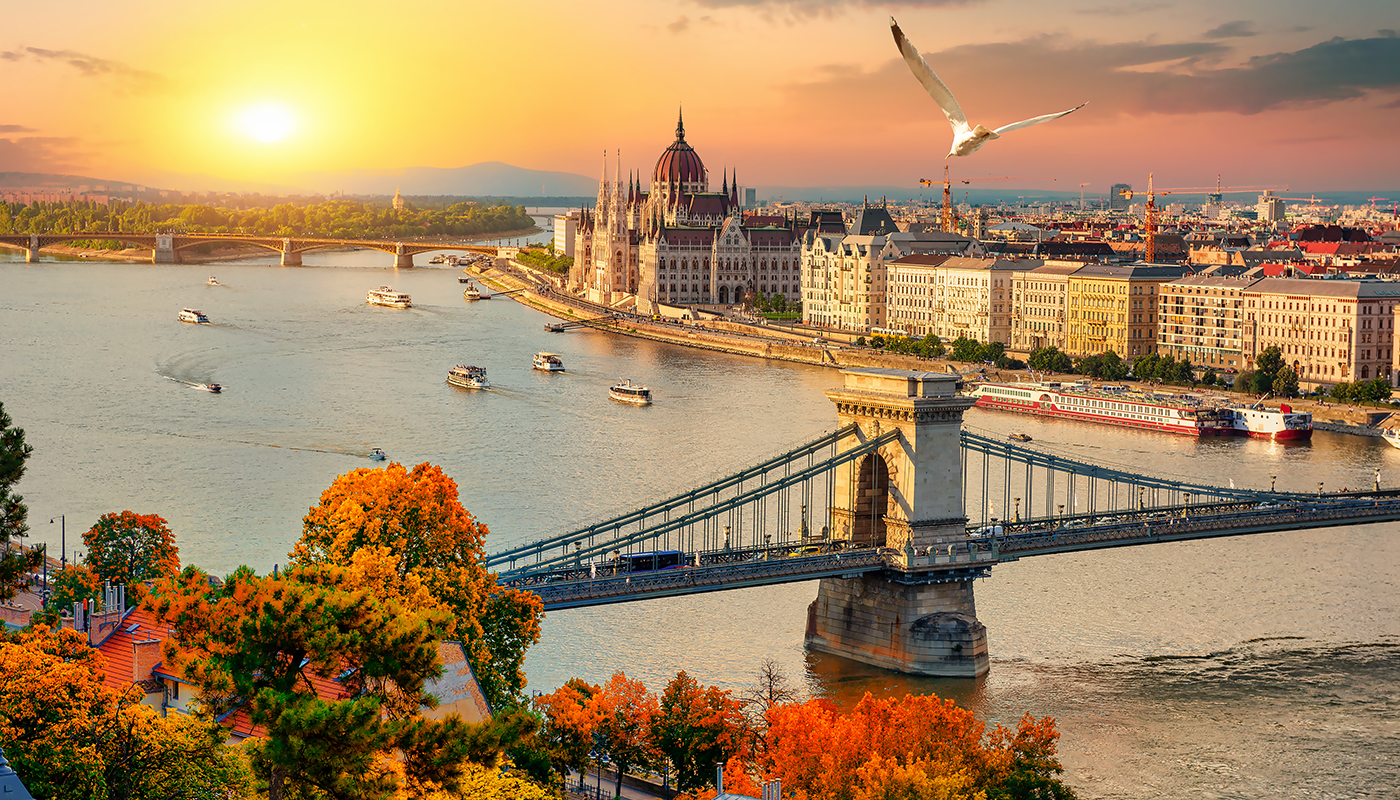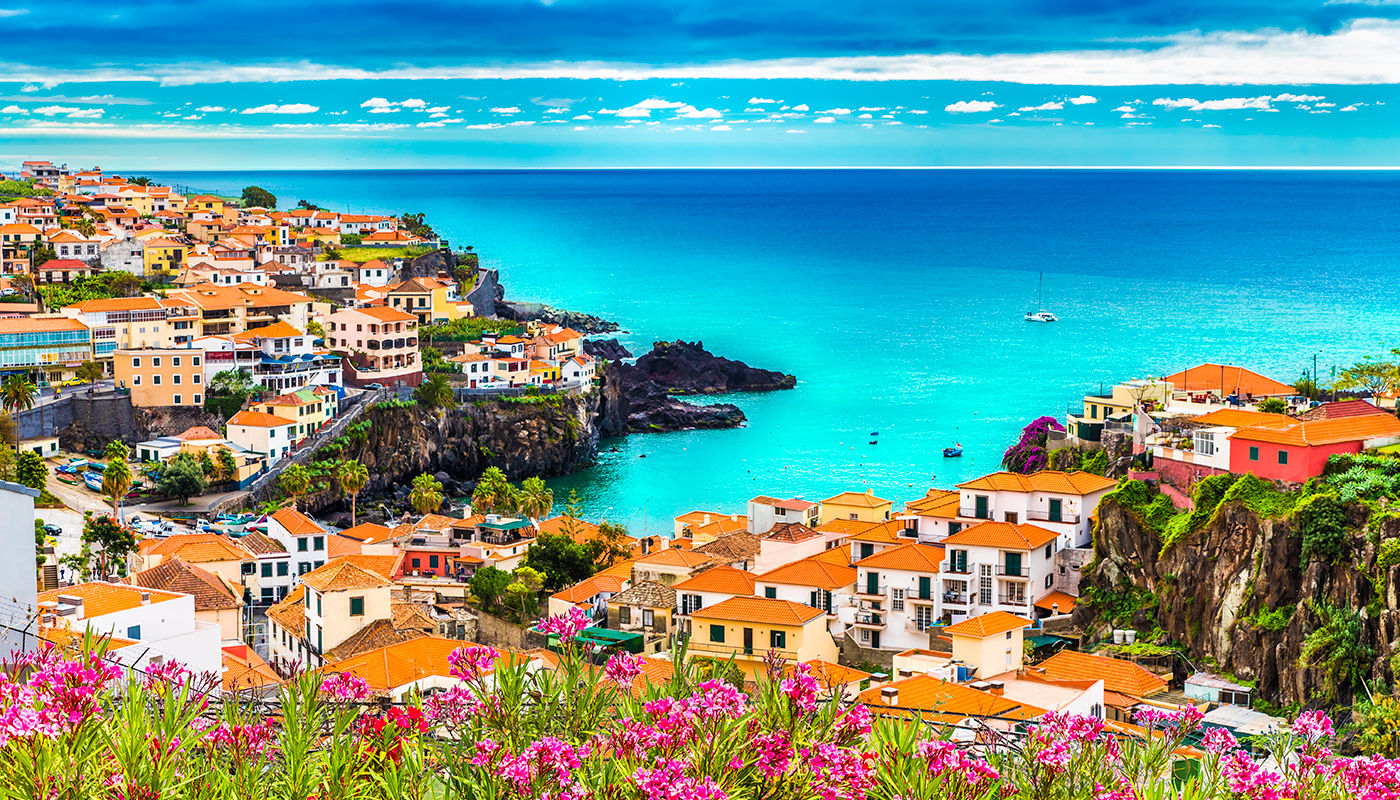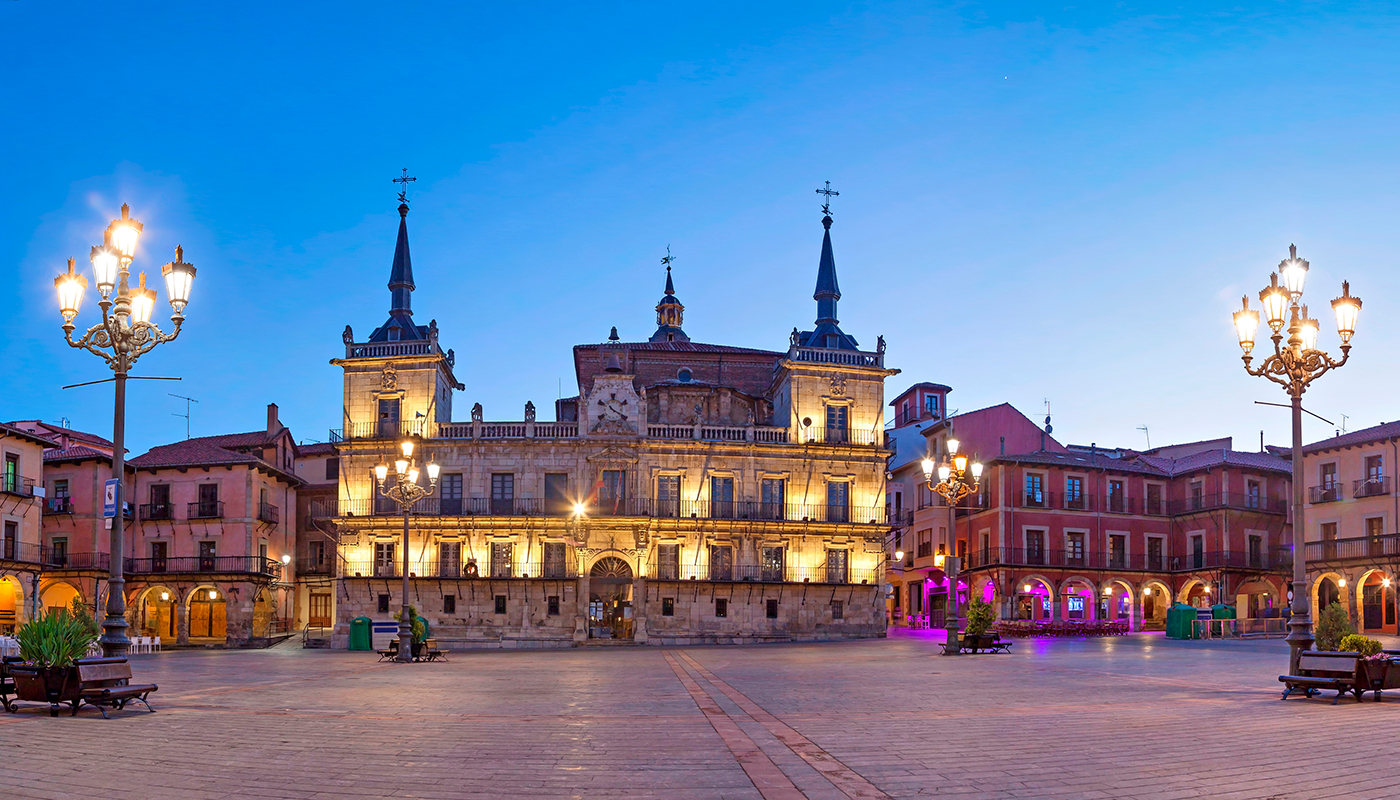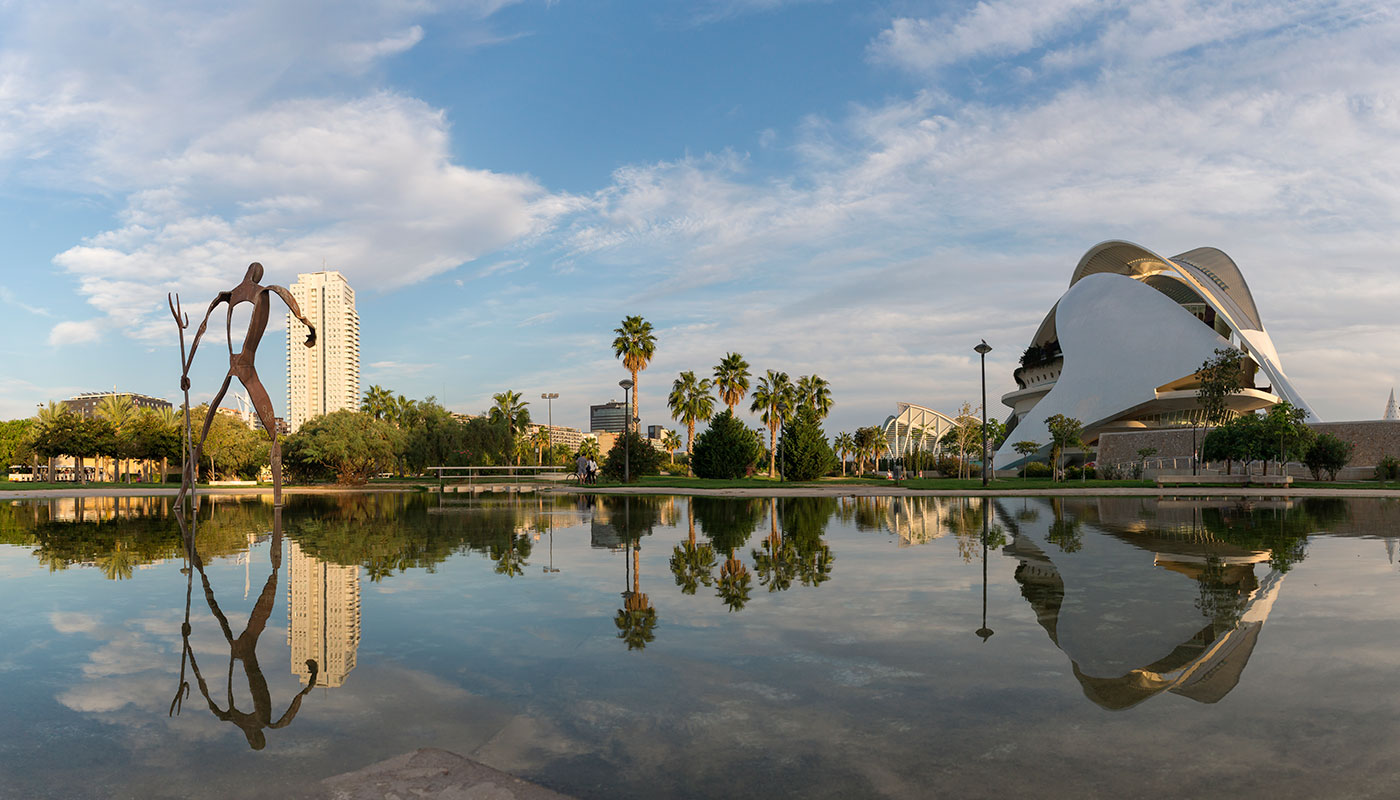Brühl’s Terrace (known as the ‘Balcony of Europe’) is one of Dresden’s most iconic and popular spots, a historic promenade that stretches for 500 metres along the bank of the river Elbe, and offers incomparable views of the city and of the river. This raised promenade, surrounded by sculptures and magnificent buildings, has gained its nickname not only through its scenic and architectural beauty, but also through the air of calmness and grandeur that pervades it and envelops everyone who visits it. Down the centuries, Brühl’s Terrace has been a source of inspiration for artists and poets, such as the renowned writer Johann Wolfgang von Goethe, who succumbed to its charms on his visits to Dresden. To stroll along Brühl’s Terrace is to take a walk through history itself, surrounded by art and architecture and wrapped in an aura that harks back to the elegance of the Baroque period and the splendour of old Saxony.
- The history of the terrace: from private garden to public
- Architecture and outstanding buildings: through the art and history of Dresden along the bank of the Elbe
- Cafés and restaurants: a gastronomic break with incomparable views
The history of the terrace: from private garden to public promenade
The origins of Brühl’s Terrace date back to the sixteenth century, when this area was fortified as part of Dresden’s defences. However, its transformation into a space for leisure and contemplation came about during the eighteenth century, thanks to Heinrich von Brühl, an influential prime minister of Saxony who converted the city walls into a private garden for his personal enjoyment. This elegant space, adorned with fountains, statues and flower beds, became a symbol of opulence and power, reflecting the aesthetic tastes and the desire for exclusivity that characterised Saxony’s aristocratic class at that time. During this period, the terrace acquired a legendary status, and was closed to the public — something that intensified its mystique and its appeal to the people of Dresden.
In 1814, Brühl’s Terrace was finally opened to the public, and became an urban promenade for the citizens of Dresden. This change was part of a wider movement towards the democratisation of spaces previously reserved for the elite. The opening of the terrace not only allowed local people to enjoy an exceptional space, but also attracted visitors from all over Europe, who came to gaze at the majesty of Dresden’s urban landscape from this ‘Balcony of Europe’ — as it was described by Johann Wolfgang von Goethe, the German poet par excellence, who visited the terrace and was profoundly affected by its atmosphere and views, describing it as a place for inspiration and reflection. Since then, Brühl’s Terrace has been a cultural meeting point and a symbol of Dresden opening itself up to the world.
Nowadays, the history of Brühl’s Terrace is kept alive in its sculptures, buildings and the promenade itself. The combination of nature and Baroque architecture, together with its historic legacy, make this terrace a place for meditation and wonder. Brühl’s terrace is not just somewhere offering amazing panoramic views: it is a testament to the history of Dresden, from its age of glory to its opening up to the modern world.
Architecture and outstanding buildings: through the art and history of Dresden along the bank of the Elbe.
One of the most fascinating aspects of Brühl’s Terrace is its architecture. Along the entire length of the promenade, visitors can admire historic edifices that narrate the cultural history of Dresden. One outstanding example is the Academy of Fine Arts, with its distinctive glass and iron cupola known as the ‘lemon squeezer’ — an affectionate nickname conferred by the locals on account of its unusual shape. This building, which is still a centre for artistic study, symbolises Dresden’s commitment to art and education.
Another important building is the Secundogenitur, a Baroque structure that once formed part of the court library, and which now hosts temporary exhibitions. Close to the terrace stands the Albertinum, a museum based in the former city armoury, and which contains an impressive collection of art ranging from the Romantic period up to the modern day. These buildings not only contribute to the beauty of the terrace: they also remind us of the central role played by Dresden in German art and culture.
Cafés and restaurants: a gastronomic break with incomparable views
Brühl’s Terrace is somewhere where you can not only admire the architecture and the scenery, but also enjoy the local gastronomy in one of the area’s welcoming cafés or restaurants. Next to the promenade, you will find several establishments offering everything from traditional German cakes to international cuisine. These cafés and terraces are particularly popular in spring and summer when their outdoor tables provide a charming atmosphere in which to enjoy a coffee while watching the life of the city passing by.
The most highly recommended places include Kunst Café Antik, famous for its sweets and cakes made in traditional Saxony style. With its antique shop style décor, it is the perfect spot to relax and soak up Dresden’s magical charm whilst enjoying an apple strudel or a cheesecake accompanied by a hot coffee. Other nearby restaurants, including Kutscherschänke, serve traditional dishes such as Sauerbraten (a type of stew), pork hock or Saxony potato soup, allowing visitors to savour the authentic cuisine of the region in an unrivalled setting.






